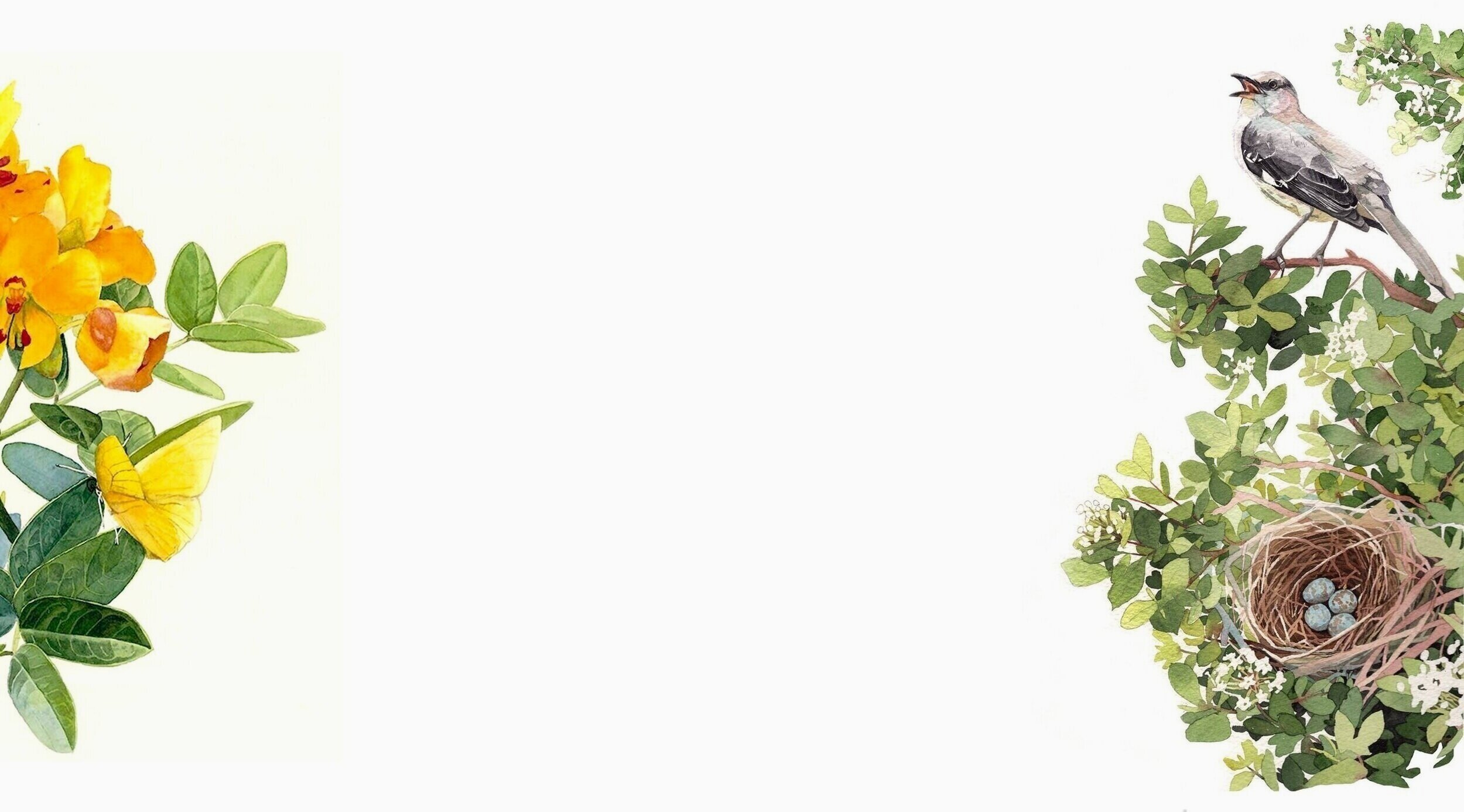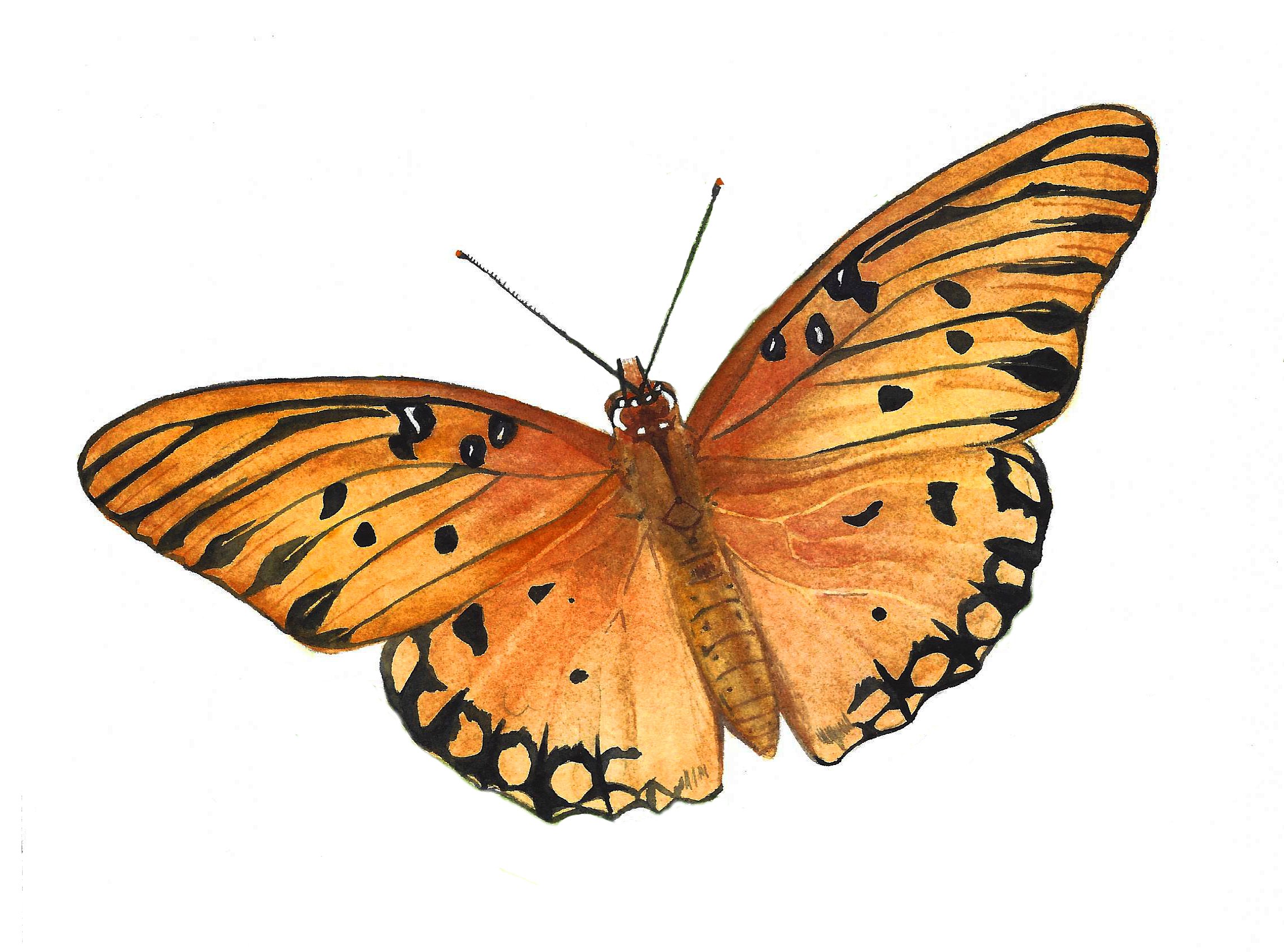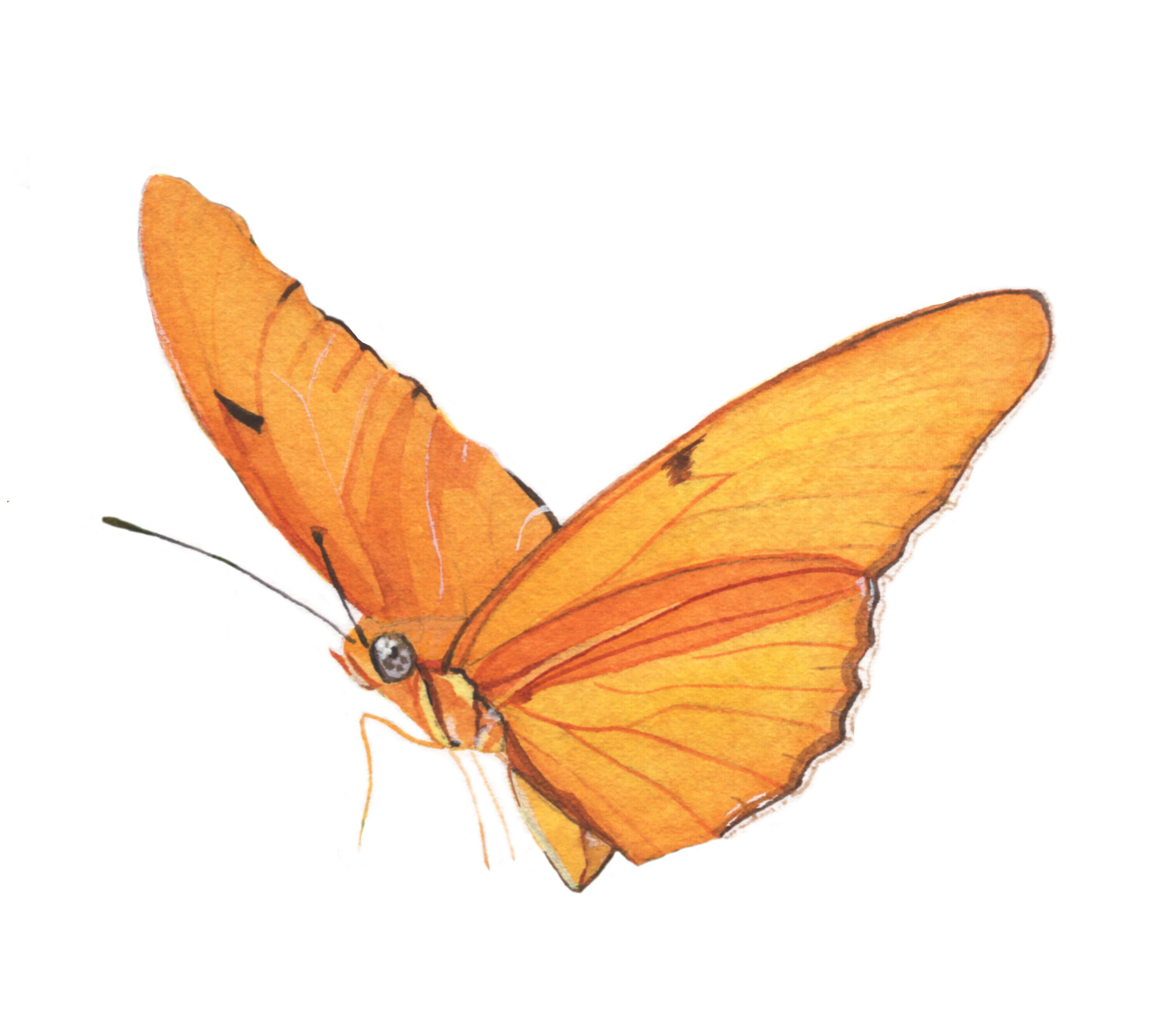
All Welcome - Retail Hours: Thursday - Sunday 10am - 4pm
Visiting the Nursery is a learning experience where all gardeners — especially those new to Southwest Florida — can benefit from our more than thirty years of local gardening experience. A knowledgeable person is always on site to help you. The Nursery gardens showcase newly planted and mature plants that will help you visualize plant growth in a garden one, three, five and ten years from now.
The Nursery stocks over a hundred varieties of native plants, non-native Florida-friendly plants, wildlife-friendly plants and hardy edible plants. Native plants do not rely on us to feed them fertilizers, regular irrigation or chemical additives in our gardens. Our local birds, butterflies and insects rely on native plants for their survival. The Florida-friendly and edible plants we carry are also hardy for Florida and they either feed us or are a nectar or food source for wildlife.
Scroll down to learn more about what you can see when you visit the Nursery.
Part of our commitment to people and the environment means that we source and we grow our native plants from local ecotype seed and we maintain the Nursery plants and grounds without the use of synthetic chemical fertilizers, pesticides*, herbicides or fungicides.
*Our one chemical exception being fire ants. For fire ants, we treat all edible plant garden areas with simple, persistent agitation with water and as needed and with food grade diatomaceous earth. We sometimes spot treat fire ant mounds or infestations on the grounds of the Nursery with a fire ant pesticide that is OMRI-approved.
The gardens at the nursery are designed for:

Butterflies
Monarchs, sulphurs, zebra longwings, swallowtails and many other species can be found at the Nursery because we have plants for every stage of butterfly development. We carry a diverse mixture of reseeding annuals and perennial wildflowers, trees, shrubs, vines, and grasses including specific native plants that feed caterpillars. Butterflies lay their eggs on specific plants called host plants. These host plants feed the caterpillars when they emerge from the egg. When the caterpillars get nice and fat, they form a chrysalis from which the newly formed butterflies emerge. Both host plants and nectar plants are crucial for the butterfly life cycle.
Zebra Longwing nectaring on Firebush.
A glimpse of a pollinator garden at the Nursery.

Resident, Migratory, Local and Native Birds
The Nursery gardens with their diverse collections of nesting, shelter and food plants attract numerous species of birds. Plants like Florida and cassia privet, Walter’s Viburnum, pines, saw palmetto, hollies, red cedars, native palms, Simpson’s Stopper, wild coffee, beautyberry and marlberry provide birds with fruit and seed throughout the year and attract pollinators, an important food source for nestlings. You’ll be inspired to create your own haven for wildlife.
Main entrance garden for birds and pollinators at the Nursery.
Hummingbirds
Migrating and resident hummingbirds visit us regularly to nectar on firebush, coral bean, necklace pod, grayleaf teabush and tropical sage. These plants are showy in the landscape. We also carry a few non-native “Florida-friendly” plants such as firespike, turks cap and porterweed, which are proven mainstays in attracting “hummers”.
Buffers
Along the drive into the Nursery, take note of our 10-foot wide privacy buffer. Mature, evergreen red cedar, sugarberry and oak trees; mid-story shrubs such as Walter’s viburnum, southern bayberry, wild coffee, Simpson’s stopper and Florida privet plus shade-loving groundcovers — saw palmetto, coontie, and Fakahatchee grass — shield us from the road.
A second buffer — this one 20 feet wide — borders separates us from neighboring properties. It’s naturally diverse, bird-friendly, multi-layered, plantings of sweetgum, cypress, pine, magnolia trees, southern bayberry, Walter’s viburnum, shining sumac shrubs and native clump grasses, ferns and other shade-loving ground covers. These demonstration gardens can show you how to do the same on your own property.
The Nursery’s native trees and shrub buffer creates privacy from the road and the neighbors. It also helps limit traffic dust and noise.
Pastures
Over a fence, you can view our eight acres of pasture, where you might spot our donkey, Jack, our mule, Romeo, three rescue pigs named (Nelly, Roro and Chori) and a herd of male hair sheep.
We rotate the animals through our pastures, providing them with fresh water, shade trees, open-air stalls and paddock shade. The animals do their part by eating down pasture grasses and ever-present invasive plants. Our goal is to restore the pastures to native plants, so on a continuing basis, we plant shade trees to get this process underway.
Water Features
Our swales filter out excess nutrients from irrigation and storm water before it leaves the Nursery on its way to the Myakka River. Their plantings include wetland grasses, shrubs and trees such as pond cypress, Dahoon holly, and southern bayberry. Emergent and submergent wetland plants-- pickerelweed, arrowhead, blue flag iris, climbing asters, alligator flag and water lilies-- make these swales natural oases for wildlife. Frogs love them, so do dragonflies!
We also have a pond, a simple, natural, easy to maintain water feature you can replicate in your own yard. We are happy to teach you how.

Attention camera buffs: the Nursery is a great place to photograph Florida fauna and flora!
Visiting our Neighborhood
Plan to make a day of it!
Visit our historic community of Old Miakka.
Crowley’s Nursery is nearby. If you don’t find the plants you need here, you can find them there.
To experience nature firsthand, visit our local parks. We’re just a mile from wonderfully diverse Old Miakka Preserve and three miles from Myakka River State Park, one of Florida’s oldest and largest state parks. (The north gate to the state park is open only on the weekends.)
Stop into Crowley Nature Center with its wetland boardwalk, observatory and Pioneer Museum.
Historic sites along Myakka Road such as the old Methodist Church and cemetery, and the only remaining schoolhouse in Sarasota County are also worth seeing.
Enjoy the beautiful views of the Myakka River along the way!







